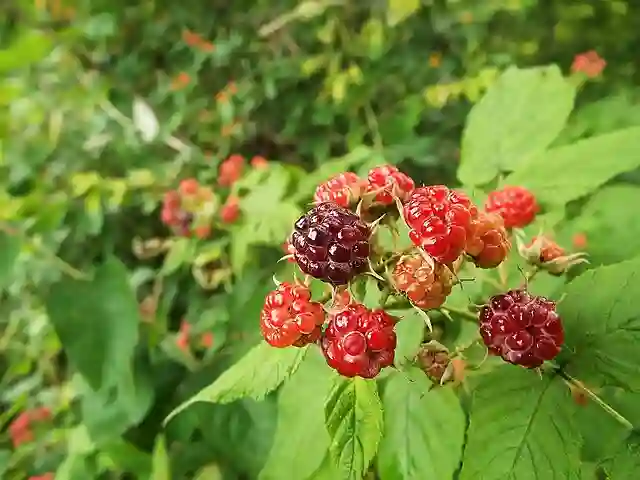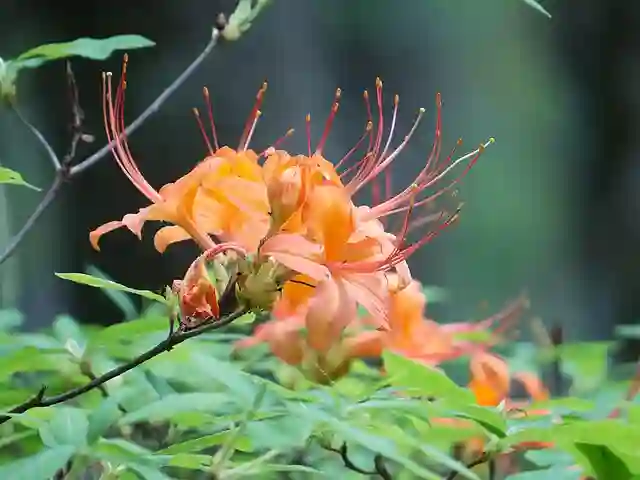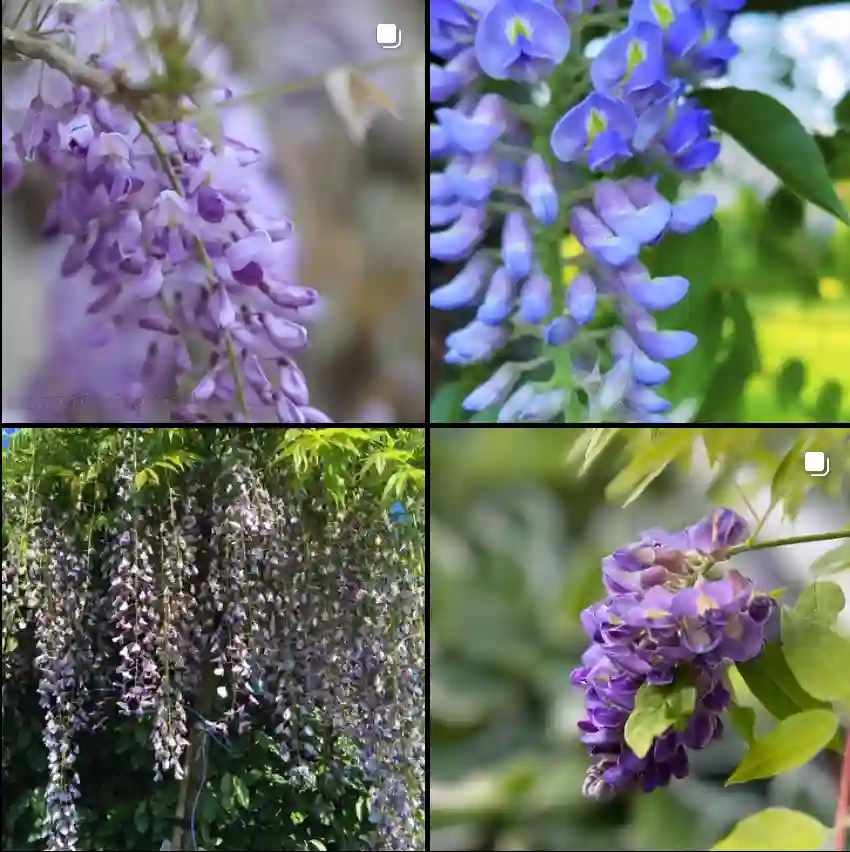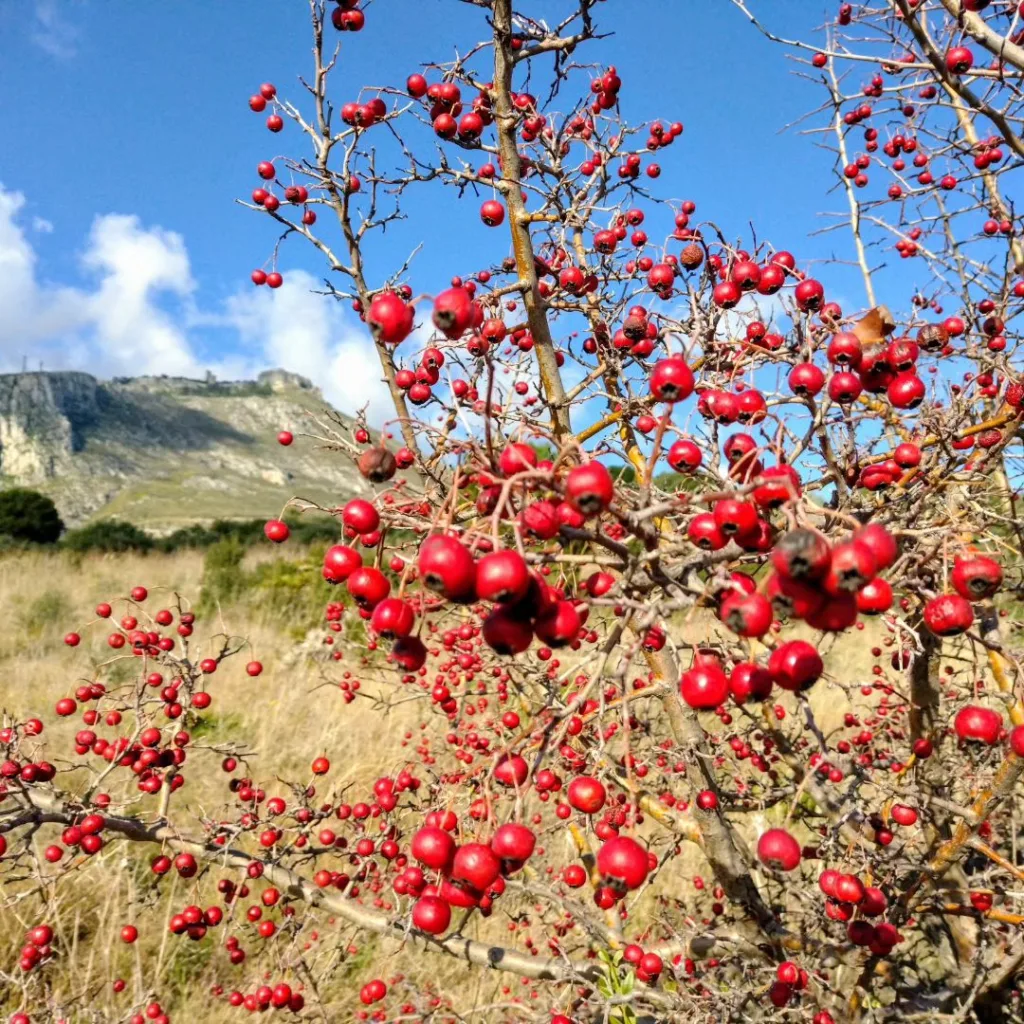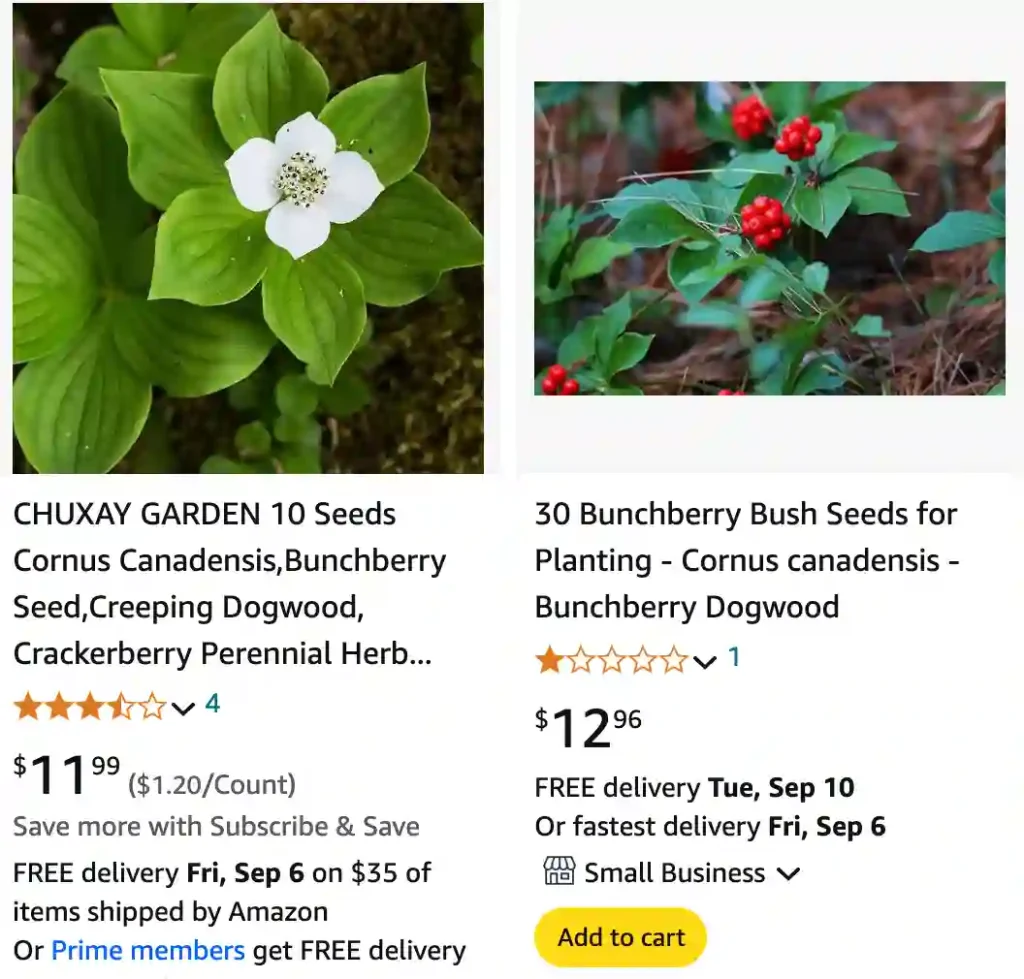
FAQs About Cornus Canadensis
As a plant enthusiast, I’ve encountered Cornus Canadensis, commonly known as the Bunchberry, numerous times. This perennial groundcover, native to North America, has captured my interest with its striking appearance and unique characteristics. Here, I’ll address some frequently asked questions about Cornus Canadensis, sharing insights and personal experiences.
56 Species in Genus Cornus – Dogwood
Is Cornus Canadensis Invasive?
One of the most common concerns about any plant is whether it’s invasive. Cornus Canadensis is generally not considered invasive. Unlike some plants that aggressively spread and outcompete native species, Cornus Canadensis is known for its relatively modest growth. It forms a dense mat of foliage but doesn’t usually pose a threat to other plants. In its native habitats, it tends to grow in shaded, forested areas where it coexists peacefully with other species.
Does Cornus Canadensis Berries Turn Black?
Cornus Canadensis produces small, bright red berries that are quite eye-catching. As the berries mature, they typically retain their red color rather than turning black. These berries are not just ornamental; they provide a food source for various wildlife, including birds. In my garden, the berries remain red until they are consumed by the local wildlife or naturally fall off the plant.
Does Cornus Canadensis Dieback in Winter?
Cornus Canadensis is quite hardy and well-adapted to cold climates. In winter, it may experience some dieback, especially in areas with harsh conditions. However, this dieback is usually minimal. The plant’s rhizomatic root system allows it to recover and regrow in the spring. In my experience, providing a layer of mulch can help protect the plant’s roots from extreme temperatures and promote a healthier regrowth come spring.
How to Care for Cornus Canadensis?
Caring for Cornus Canadensis is relatively straightforward. It thrives in shaded or partially shaded areas with well-drained, acidic soil. Regular watering is important, but be cautious not to overwater, as this can lead to root rot. During the growing season, I find that a light application of a balanced fertilizer can help promote healthy growth. In fall, I generally trim back any dead or damaged foliage to keep the plant looking tidy.
How to Propagate Cornus Canadensis?
Propagating Cornus Canadensis can be done through division or by seed. I’ve had success with both methods. For division, carefully separate the rhizomes in early spring or fall and replant them in a new location. When propagating by seed, it’s best to sow them in cold stratification to simulate winter conditions, which helps break dormancy. Plant the seeds in a well-drained soil mix and keep them moist until they germinate.
What to Plant with Cornus Canadensis?
Cornus Canadensis pairs well with other shade-loving plants. I’ve found that it complements ferns, hostas, and shade-tolerant groundcovers like Pachysandra. It’s also a great addition to woodland gardens, where its low-growing habit can add texture and color. In my garden, it works beautifully alongside plants like Astilbe and Heuchera, providing a rich contrast in both foliage and flower color.
Can You Grow Cornus Canadensis Indoors?
Growing Cornus Canadensis indoors is challenging. This plant thrives in natural light and cooler temperatures, conditions that can be hard to replicate indoors. If you’re determined to try growing it indoors, ensure it receives ample light and maintain a cool, humid environment. However, I’ve had more success growing it outdoors, where it can fully enjoy its natural growing conditions.
Is Cornus Canadensis Toxic?
Cornus Canadensis is not known to be toxic to humans or pets. Its berries are not edible for humans, but they are not poisonous. While some wildlife consume the berries without issue, it’s always a good practice to ensure that pets or small children do not eat plants unless they are known to be safe.
Benefits of Cornus Canadensis
Cornus Canadensis offers several benefits. Its low-growing, mat-forming habit makes it an excellent groundcover for shady areas, helping to reduce soil erosion and suppress weeds. The plant also provides seasonal interest with its white flowers in late spring, red berries in summer, and vibrant fall color. It’s a great choice for adding beauty and function to shaded garden areas.
Common Problems with Cornus Canadensis
While Cornus Canadensis is generally a hardy plant, it can face some issues. In overly wet conditions, it may suffer from root rot, so good drainage is essential. Additionally, in very dry conditions, it can struggle, so regular watering is important. I’ve also noticed that in overly sunny locations, it may not perform as well, so shade is preferable.
Comparing Cornus Canadensis with Similar Plants
Cornus Canadensis can be compared to other groundcovers like Trillium or Mitchella repens. Unlike Trillium, which is more of a woodland perennial with different flowering habits, Cornus Canadensis is a low-growing groundcover that spreads more horizontally. Mitchella repens, or partridgeberry, is another groundcover with similar growth habits but has distinct red berries and different foliage.
In summary, Cornus Canadensis is a charming and resilient groundcover that adds beauty and functionality to shaded garden spaces. By understanding its care requirements and potential issues, you can enjoy this unique plant in your garden or landscape.
If i die, water my plants!
